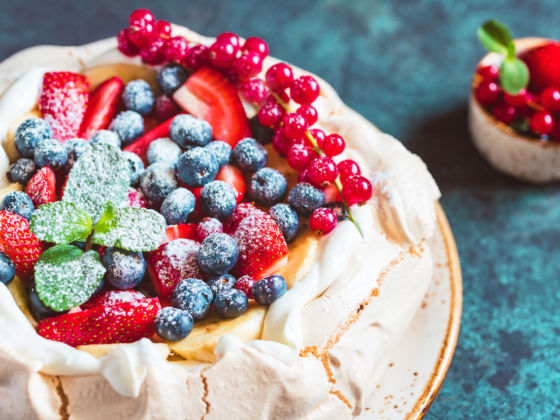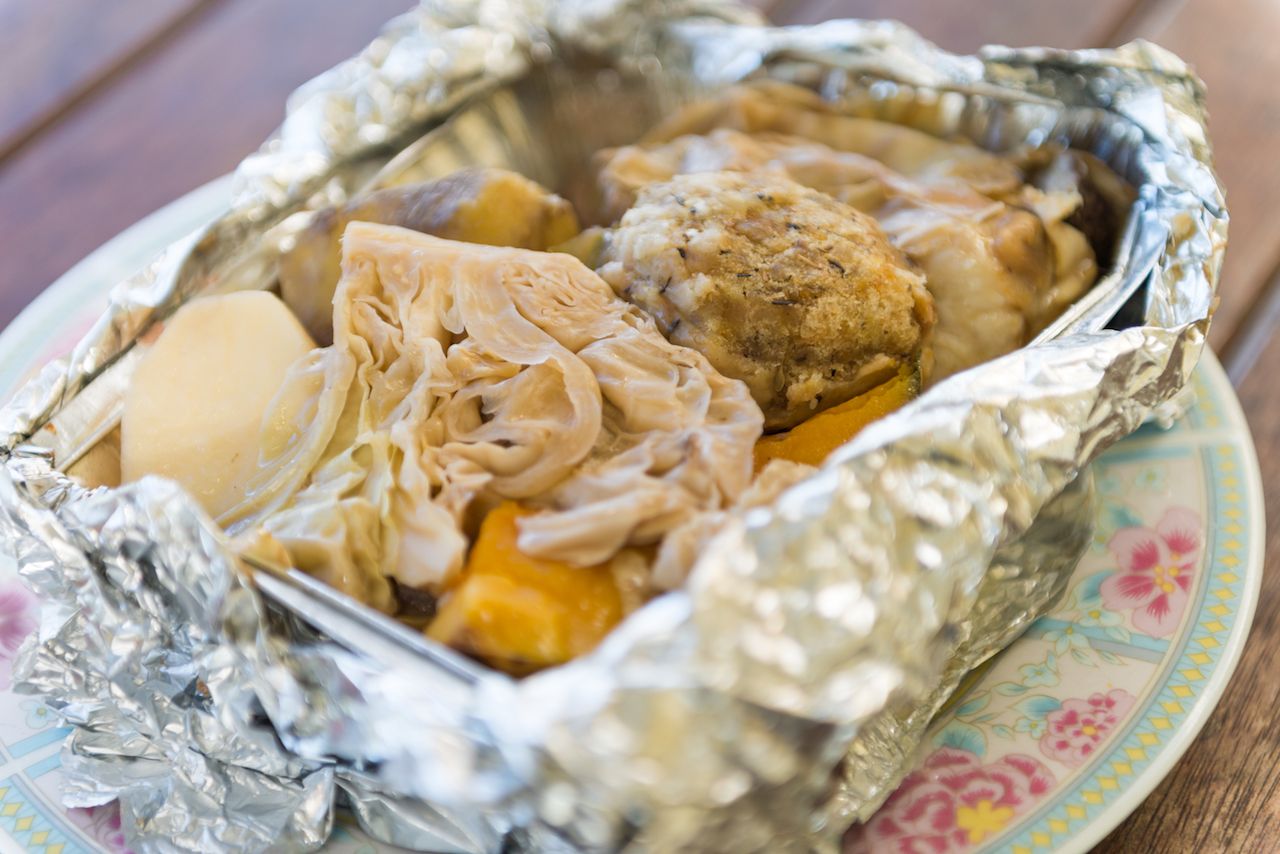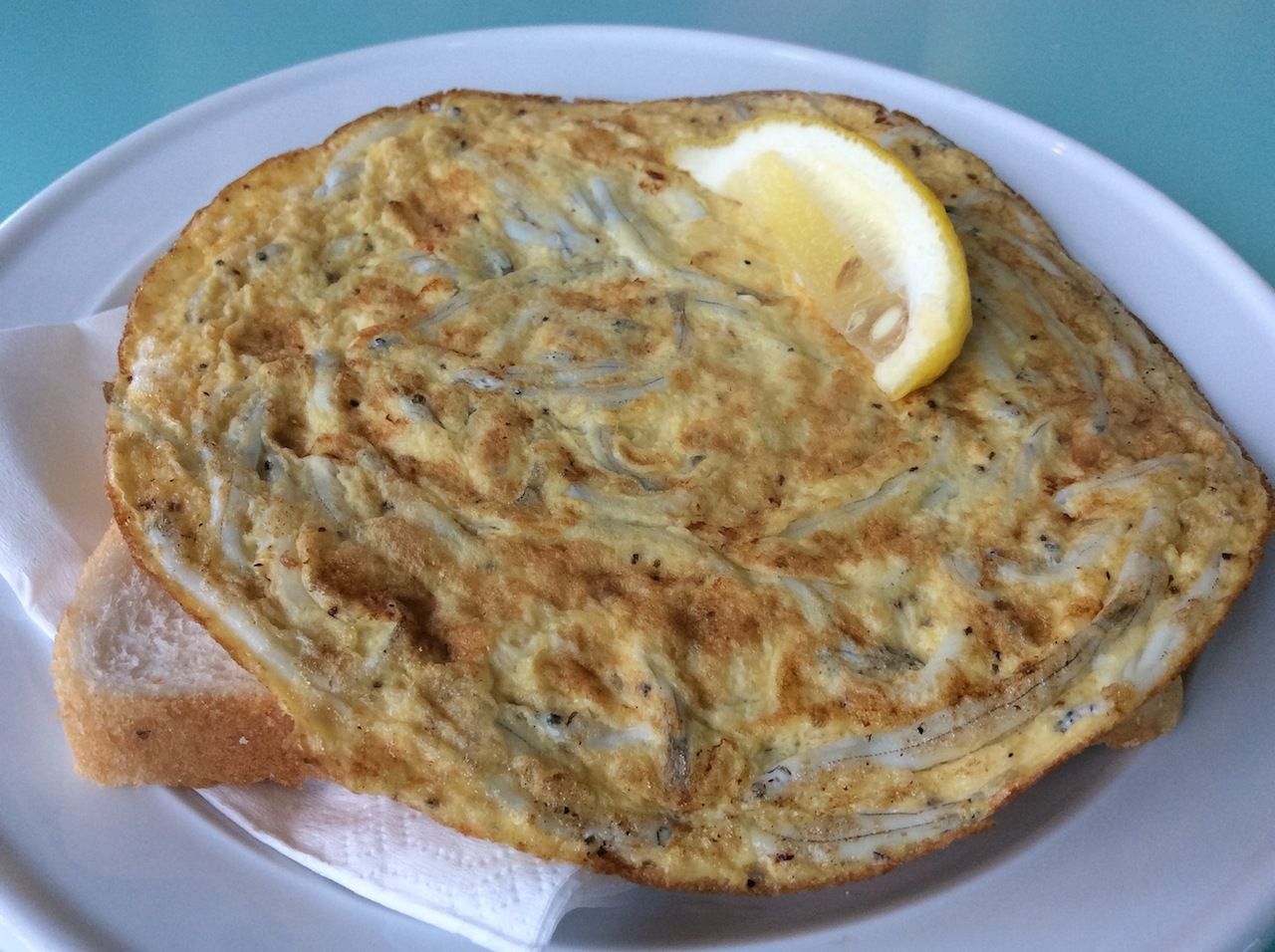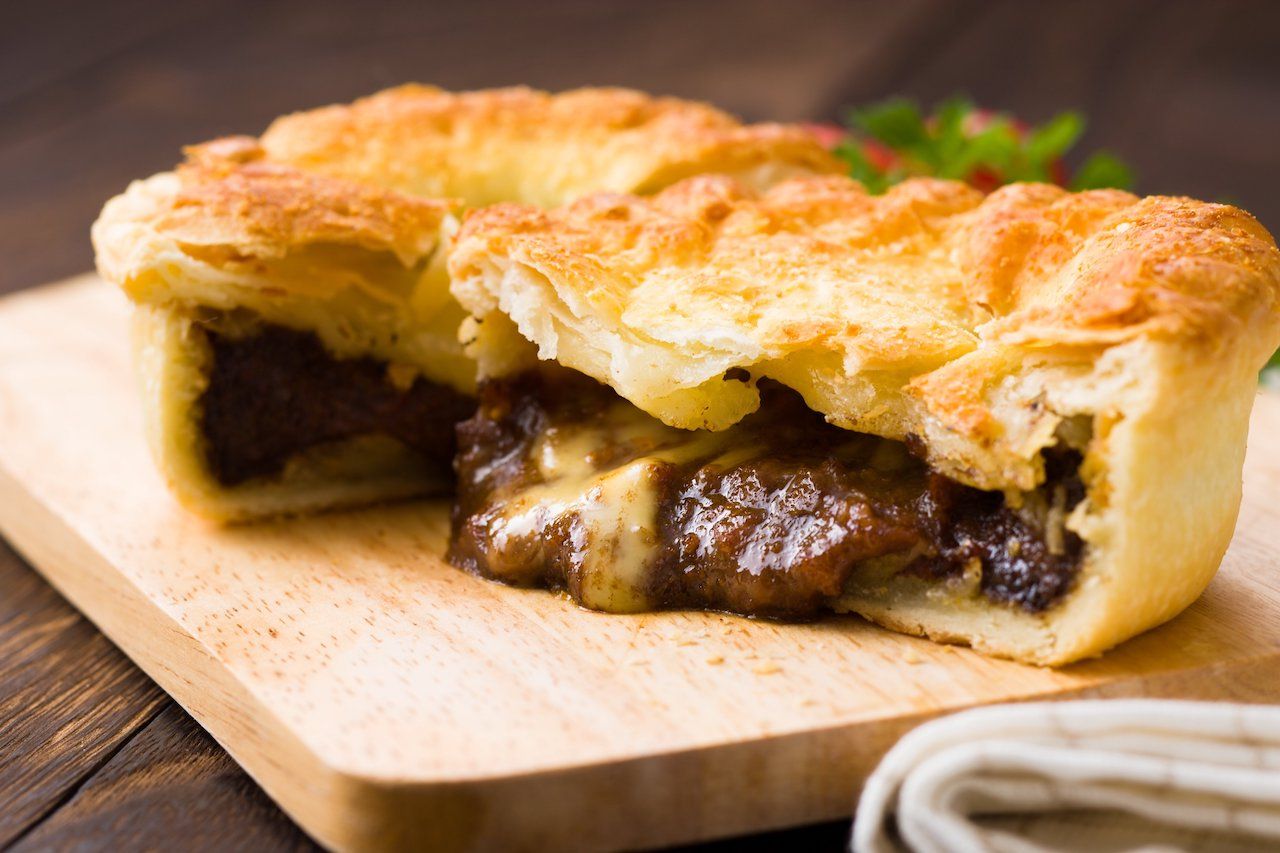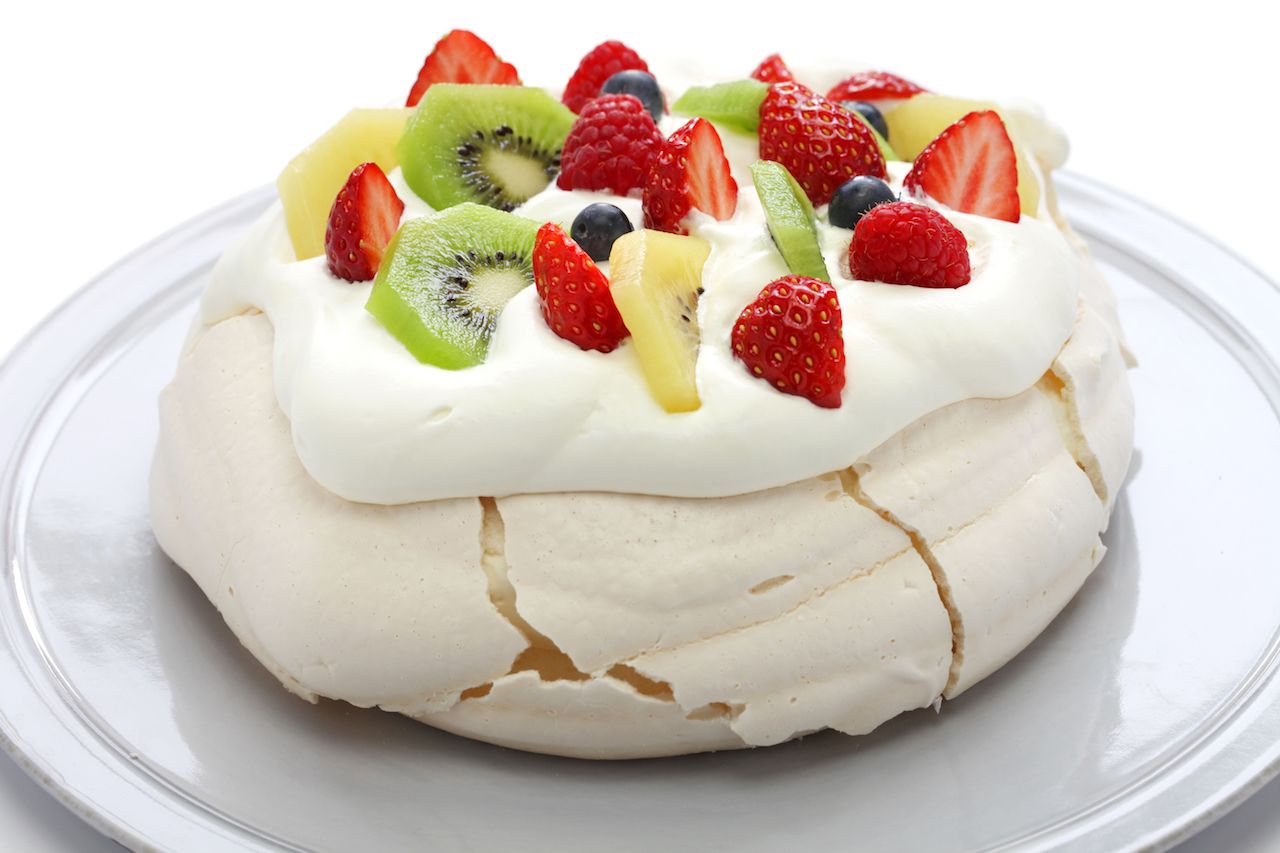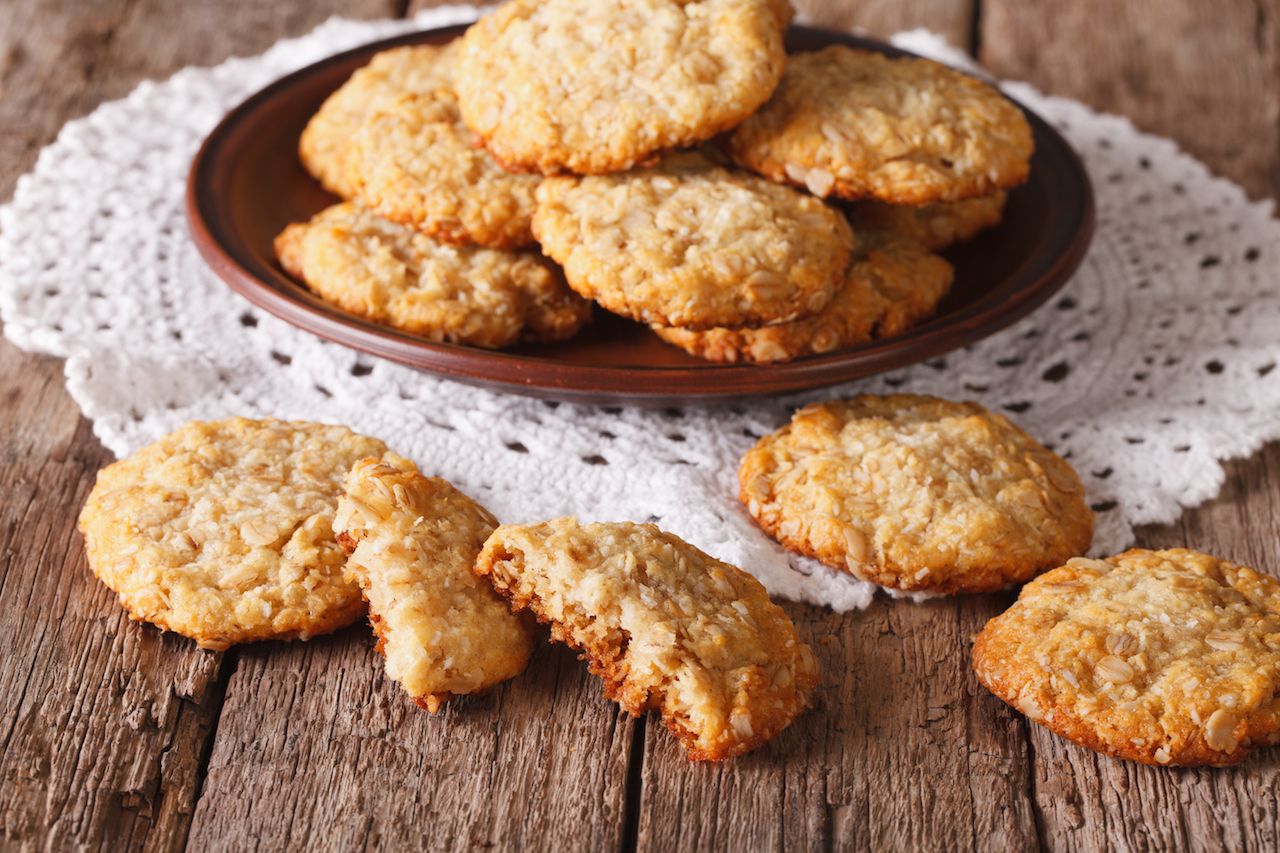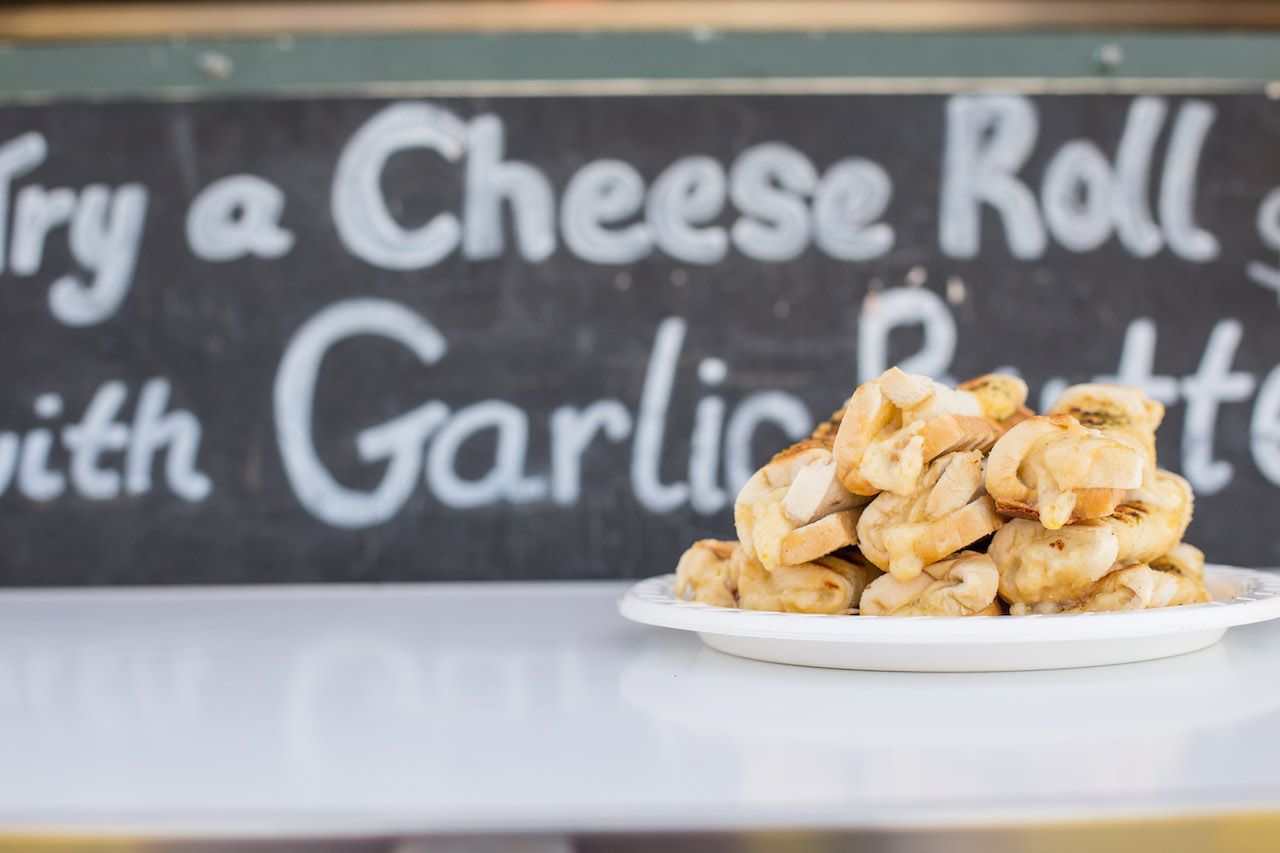Long before European settlers came to New Zealand, there were the Māori. Māori people migrated from Polynesia, and their diet was a mix of ingredients native to New Zealand (or Aotearoa) and those brought with them in their travels. They relied heavily on kai moana (sea food) and the kai whenua (food from the land), including kumara (sweet potato), yam, taro, kiore (Polynesian rat), and kurī (Polynesian dog).
A lot changed with the arrival of European settlers. Pigs, goats, and hens — along with crops such as carrot, potato, cabbage, and wheat — changed the Māori diet. In later years, farming and agriculture became the country’s largest industry, and beef and lamb became staples along with milk, butter, and eggs. Today, you can find a wide variety of international cuisines in New Zealand along with traditional Māori dishes.
This mix of cultures makes New Zealand a great place for food lovers. These are the dishes and food traditions you need to partake in on your next trip to New Zealand.
